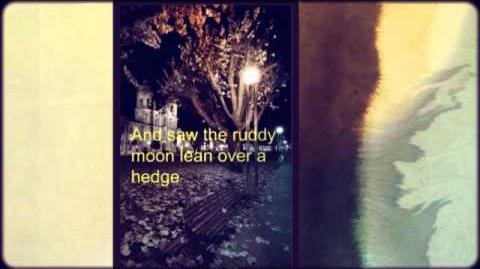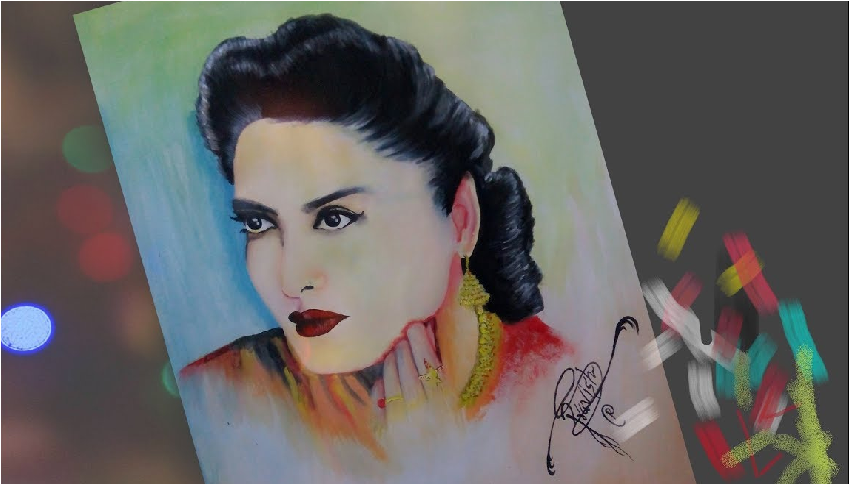A picture of a cold autumn night has been painted in the poem. The impressions which the poet got, have been presented. The poem is the clear contrast between city life and village life. There is no romantic touch in the description of the autumn night. He has used autumn, moon, and star to pen his impressions. It also throws light on another fact that only the moon and stars have impressed him as earthly objects begin to fade in autumn.
He goes outside for a walk and sees a red-colored moon bending over a hedge. He compares the reddish moon with the red and healthy face of a farmer i.e., village life is fresh and hygienic. The poet does not bother to break his walk for exchanging remarks with the moon; he just bends his head forward. He also notices pensive stars around the moon as he goes forward. The stars are as white as the bloodless wan faces of the town children. It reflects the city life is dull, polluted and edible things are not pure, as compare to the village life. So, the purity of nature has been explained.
Explanation with Reference to Context
A touch of cold in the autumn night
I walked abroad
And saw the ruddy moon lean over a hedge
Like a red faced farmer
In these lines, the poet expresses his impressions that he gets during the walk. He went outside for a walk at night in the autumn season. He felt that air was pleasant and cold. Then, he noticed the red-colored moon was almost bending over a hedge to shower its blessings on the fields. Here the poet has used a beautiful simile as he has compared the redness of the moon with the red face of the farmer. The suggestive image indicates good health, freshness, and purity of village life.
I did not stop to speak, but nodded,
And round about were the wistful stars
With white faces like town children
These lines show that the poet did not break his walk to talk to the moon. TI seemed the moon wished to have talked with the poet. As he moved forward, he observed that there were pensive and sad stars around the moon. Here the use of pathetic fallacy is clear, as the poet has given his own sadness and dissatisfaction to the stars. In the next lines, he has used a simile to depict the town life. He has compared the whiteness of the stars to the white faces of the town children. White faces mark the unhealthy, sick, and dull environment of city life. Children who live in such atmosphere can’t relish the freshness of nature like the poet.
Graphical Glimpse
In “Autumn” by T. Hulme presents a graphic glimpse of an autumn night with keen physical and social observations. The poet describes his experience through the use of witty similes. He paints a graphic picture to point out the purity of village life with that of the city. He says he went outside for a walk at night in the autumn season.
In the sky, he saw a reddish moon bending over a hedge. The moon was as red as the healthy red face of a farmer. The redness of the face of the farmer shows the hygienic atmosphere of village life. Next, the poet says that he did not break his walk to talk with the moon but in response, he just bowed his head to greet the moon. Their faces were as white as the white faces of town children. The whiteness gives the symbolic meaning of the unhealthy, sick, polluted life of the city. Thus the poem is a sharp contrast between pure village life and impure urban life.




